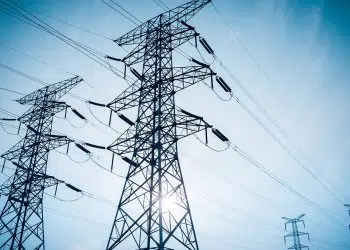Brussels – The Netherlands, Sweden, Finland, and Denmark: Northern Europe, where punctuality and meeting deadlines are sacred. They are the only four EU countries that submitted their integrated National Energy and Climate Plans (NIPECs) to Brussels on time. Italy is about down to the wire: the Ministry of Environment and Energy Security has announced today (July 1) that it has sent the updated plan to the European Commission.
“We have received only four plans,” an EU executive spokesman admitted in the morning, “we strongly urge all other member states to submit their plans as soon as possible. The PNIECs are policy documents by which national governments identify courses of action to meet decarbonization goals, energy efficiency and security, research, innovation and competitiveness. At the end of 2023, the capitals submitted updated draft plans to Brussels, and the European Commission had set June 30 as the last day to send the final versions, in line with the new energy targets to be achieved by 2030.
Sending the plans to Brussels is a “legal obligation” for EU countries, Tim McPhie, spokesman for the Commission on Climate Action and Energy, stressed again. “As a first step,” the Commission will lambast member states during upcoming informal summits of environment and energy ministers. “We will raise the issue urgently,” McPhie warned.
The “turn on nuclear power” in the Italian PNIEC
First among the laggards, Italy announced that the updated PNIEC—already available on the European Commission’s website—”confirms the targets achieved in the first proposal submitted in June 2023, exceeding in some cases the EU targets.” Minister Gilberto Pichetto Fratin claimed “great pragmatism” instead of “unrealistic approaches of the past.” The long-term strategy outlined by Rome starts from the assumption of technological neutrality, which the Italian government has defended at swordpoint in Brussels on several dossiers. In addition to electric renewables, Italy focuses on the “production of renewable fuels such as biomethane and hydrogen along with the use of biofuels.”
Deputy Minister Vannia Gava spoke of a “breakthrough in nuclear power,” also cited by Pichetto Fratin. According to scenarios developed by the PNIEC, Italy aims to produce 11 per cent of the total electricity required from nuclear power by 2050. From fission and, in the long term, from fusion, with a “possible projection toward 22 per cent.” The nuclear fusion energy goals “will walk in synergy with renewables and other forms of low-emission production,” Gava rejoyced, “Yes to the energy challenge but securing the country.
To contribute to decarbonization, MASE also promises to work on “the diffusion of electric cars, reduction of private mobility, CO2 capture and storage, building renovations and electrification of final consumption, particularly through an increasing weight in the renewable heat mix of heat pumps.” For renewable energy production, Italy has set the bar at 131 Gigawatts by 2030. In MASE’s estimates, 79.2 GW is expected to come from solar, 28.1 from wind, 19.4 from hydro, 3.2 from bioenergy, and 1 Gigawatt from geothermal.
English version by the Translation Service of Withub







